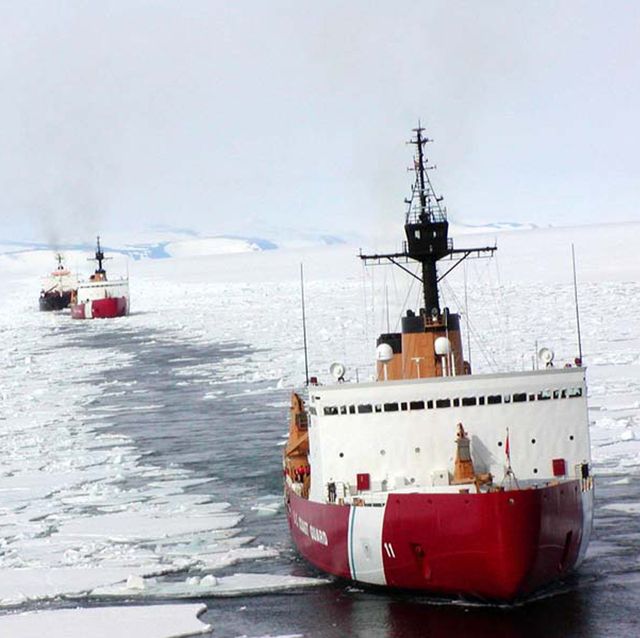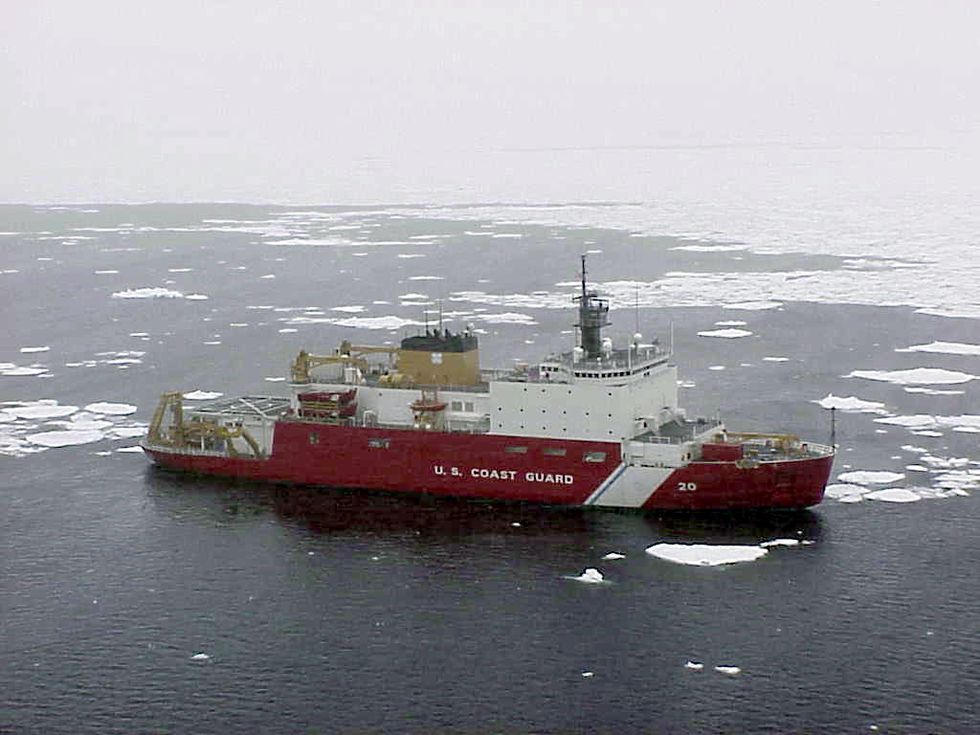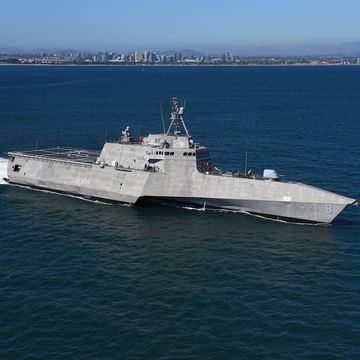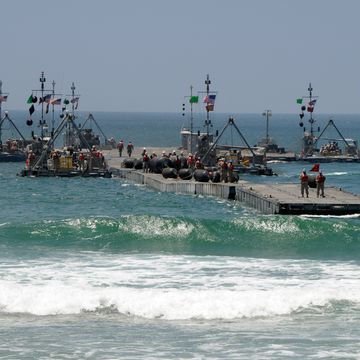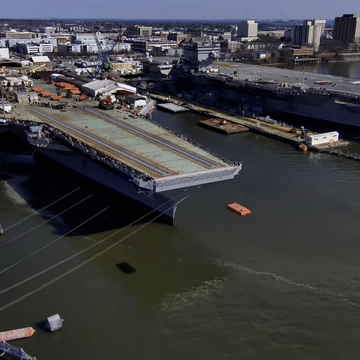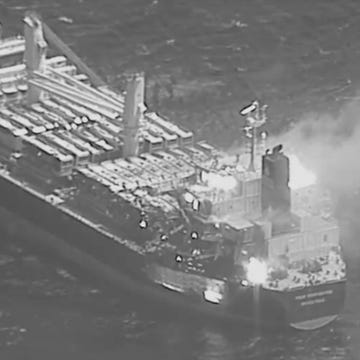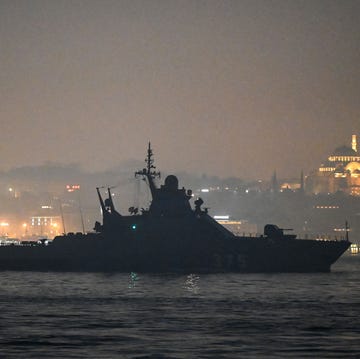- The White House has ordered a review of America’s old, tiny Coast Guard icebreaker fleet.
- The Coast Guard is currently planning to build six new icebreakers to substantially increase the size of the fleet, but this review could mean even more ships.
- Russia and China are both building new icebreakers, as the two powers acknowledge the growing importance of the arctic and antarctic regions.
The Trump Administration has ordered an overview of the nation’s icebreaker fleet, with an eye toward fielding a new, rejuvenated fleet by 2029. The review comes as concerns are raised about Chinese aspirations in the Arctic and Antarctic regions. The U.S. Coast Guard is planning to build six new icebreaker ships, up from the two aging icebreakers currently in the inventory.
In a memo to Defense, State, Commerce, and Homeland Security departments, the Administration directed them to draw up an “an assessment of expanded operational capabilities, with estimated associated costs, for both heavy and medium [polar security cutters] not yet contracted for, specifically including the maximum use of any such PSC with respect to its ability to support national security objectives.” According to Defense News, the departments have 60 days to deliver.
The U.S.’s icebreaker fleet—never that large to begin with—has withered over the years to just two ships, the heavy icebreaker Polar Star and the medium icebreaker Healy. A third icebreaker, the Polar Sea, broke down in 2010 and is in such poor shape, it hasn’t sailed since. Polar Star is 399 feet long, can break through up to 21 feet of ice, and has a crew of 155. Healy is a good deal younger, commissioned in 2000 and capable of ramming through up to eight feet of ice.
The 44-year-old Polar Star is proving difficult to keep in service. In 2016, U.S. Naval Institute News reported, the ship suffered two major breakdowns. In one case, one of the ship’s generators shorted out and the crew “were able to bring the generator back online by using a surfboard repair kit to fabricate a replacement part." The Coast Guard, unable to retire its only heavy icebreaker, is slowly cannibalizing its sidelined sister ship Polar Sea for parts. The Coast Guard thinks the ship has only three to five years left before age related issues force its retirement.
The worldwide rise in global temperatures and the loss of arctic and antarctic ice has the potential of opening up new, resource rich areas and new, faster shipping routes. Russia, with much of is northern border north of the Arctic Circle, is planning a fleet of 14 new icebreakers including the new, nuclear-powered Ural. China, which relies upon shipping for trade and energy, is also planning new icebreakers including a nuclear-powered ship.
Interest by the two countries is prompting the U.S. to reinvest in icebreakers, ensuring it can remain a player in the both polar areas. The Coast Guard is currently planning to build three heavy and three medium icebreakers, and hopes the first heavy icebreaker will enter service in 2023.
The three heavy icebreakers, according to the service, should cost a total of $2.6 billion.
Source: Defense News

Kyle Mizokami is a writer on defense and security issues and has been at Popular Mechanics since 2015. If it involves explosions or projectiles, he's generally in favor of it. Kyle’s articles have appeared at The Daily Beast, U.S. Naval Institute News, The Diplomat, Foreign Policy, Combat Aircraft Monthly, VICE News, and others. He lives in San Francisco.
